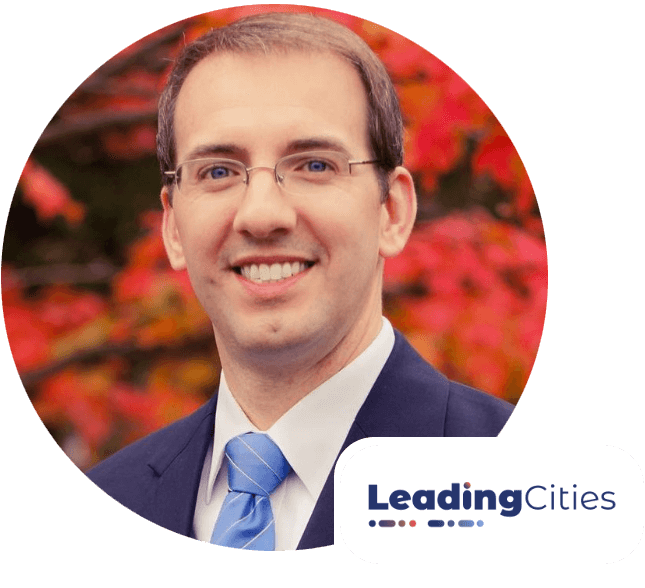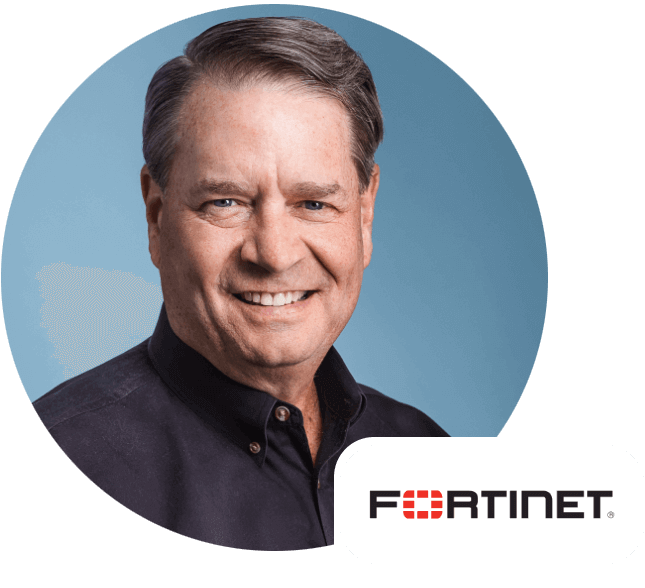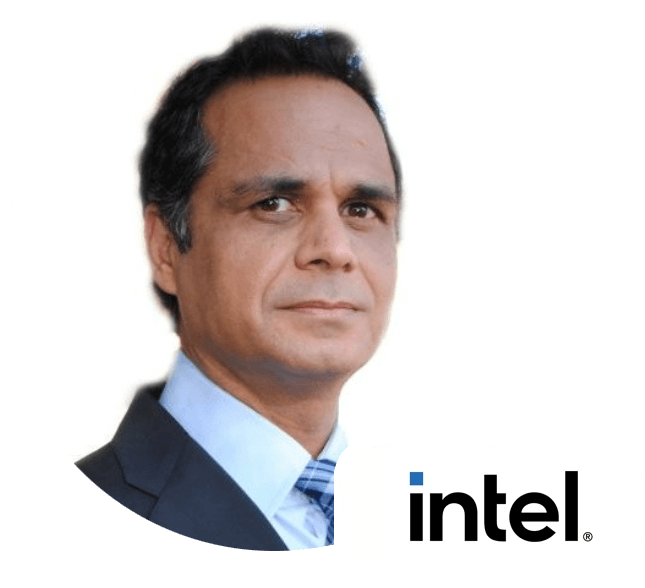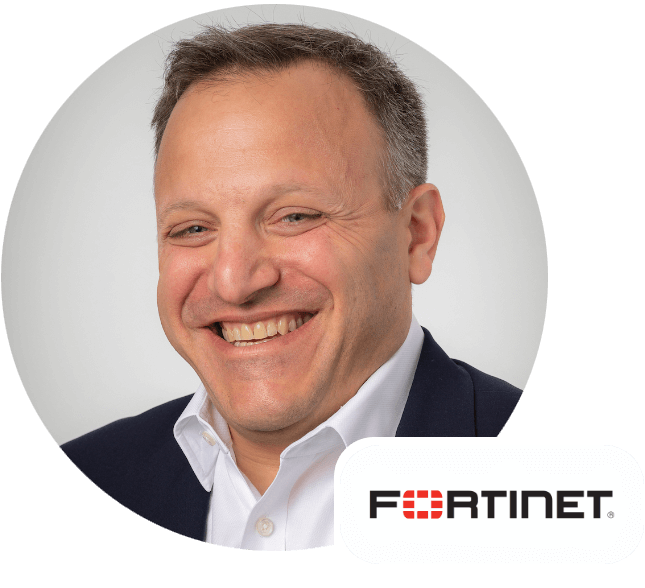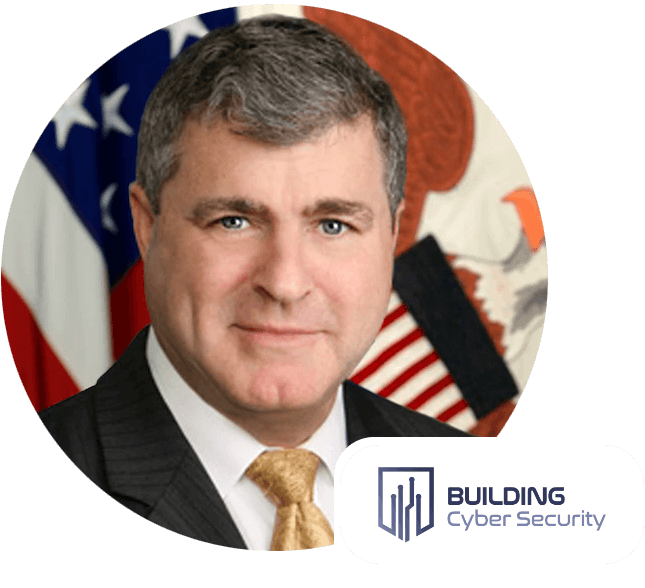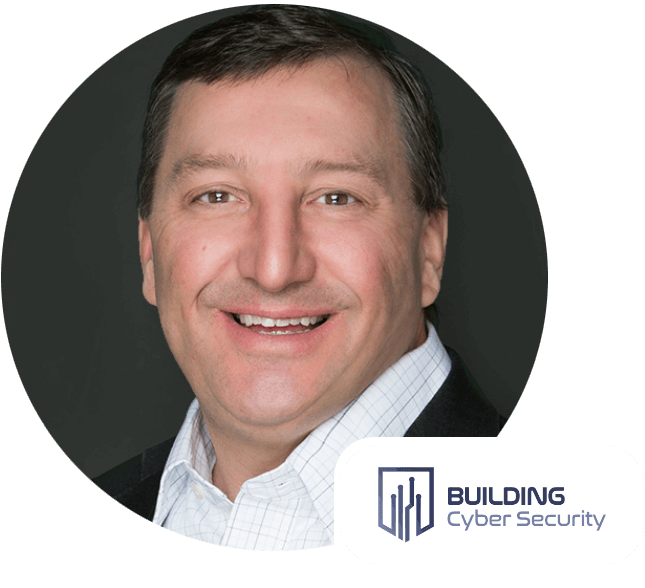Startups to shape the future of smart cities
Safer and Cleaner Cities with Innovative & Sustainable Mobility Solutions
With CO2 emissions and road fatalities on the rise, the need for sustainable mobility solutions is now more than ever. Currently, the CO2 emissions in the transport sector are about 30% in the case of developed countries and about 23% in the case of the total man-made CO2 emissions worldwide, according to UNECE. There is a widespread agreement to reduce CO2 emissions from transport by a minimum of 50% at the latest by 2050. Also, with 1.3 million annual road deaths, the UN wants to halve the number of fatalities by 2030.
Best way forward to address CO2 emissions and road fatalities is to adopt sustainable mobility solutions driven by innovative mobility platforms. Connected vehicles, autonomous driving, AI-driven smart technologies, etc. are shaping the future of transportation one solution at a time. At the heart of all these technologies lie efficient mobility platforms that connect data from the vehicle to the Internet in near real-time.
This panel will focus on how innovative technologies will revolutionize low-emission, sustainable mobility – an important part of any smart city project.
The Role of 3D Digital Twins and IIoT on the Road to Decarbonization of Buildings
There are major opportunities to reduce emissions from buildings via greater energy efficiency through the use of technology. Capitalizing on those opportunities requires aligning incentives among builders, owners, and tenants to favor upfront fees and the implementation of varying technologies that reduce both emissions and long-term costs. In this session, our speakers will explain how 3D digital twins and IIoT technologies are being used in the battle to fight climate change and decarbonize buildings.
During this interactive discussion participants will better understand:
- How the use of digital twins and IoT sensor data can help building managers better understand energy usage within a building or portfolio of properties.
- How an intuitive UI that is viewable from a desktop and/or mobile platform simplifies how energy is monitored and managed from anywhere and at any time.
- How future features will allow for control of the building while giving users the ability to set alerts when energy consumption exceeds normal thresholds.
Securing the Evolving Needs of the Connected Building
Buildings are undergoing a revolution in how they are constructed, operated, and used, all with the purpose of improving community. The adoption of Internet of Things (IoT) or industrial IoT (IIoT) technologies advance the building experience all while expanding an attack surface that includes an explosion of internet-enabled devices never before connected.
Considering the cyber-to-physical systems being deployed and integrated systems being controlled, it is important to take advantage of the advances in OT industry cybersecurity and extend the very same risk mitigation practices to the city and building community. This live session will focus on the following topics:
- Driving force behind the move to Smart Building Infrastructure–motivations, benefits, risks
- Technologies typically implemented blurring lines between cyber and physical systems
- Security implications and considerations given the interdependencies
Cyber Risk and Insurance in a Smarter World
Join a discussion on the role insurers can play to incentivize proactive investments in cyber safety, security, and protections.
In a connected, smarter world that holds so much promise in our homes, our schools, and our environment, cyber threats are rapidly expanding as ransomware and other malware attacks vex every sector of our economy. The Secretary of Homeland Security recently warned of “Killware” maliciously targeting and exploiting the interconnectedness of smart building, cities, and transportation for the express purpose of threatening individuals with serious physical harm or mass destruction. We’ve entered a new age of immediate and compelling risk to the essential services we rely on for survival. In response, global insurers and risk managers are reassessing their exposure across all types of policies. These assessments are hindered by the lack of visibility into the cybersecurity performance of their clients.
This live session will focus on the following topics:
- What can be done to reduce cyber risk in smart homes, buildings and communities
- What are insurance trends in response to growing cyber attack vectors?
- Who is bearing an increasing cyber risk?
- How can investments in cyber performance be incentivized and validated to mitigate risk?
Securing Smart Cities
This panel will discuss the risks of using smart technologies in critical sectors and will provide actionable steps to help local governments and urban developers design more secure smart cities.
– Privacy and security challenges in smart cities
– Privacy algorithms for streaming data
– How to create a Smart Cities Cybersecurity Profile and how to use it













